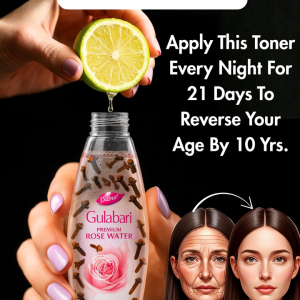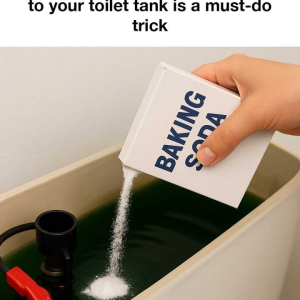
Take a close look at your fingernails—if you’re like many women, you’re probably wearing nail polish.
In today’s world, polish is often seen as part of good grooming and personal style. But beneath the glossy finish, this beauty staple may carry hidden health hazards.
Toxic Chemicals Absorbed Through the Skin
A study by Duke University and the Environmental Working Group (EWG), published in Environment International, revealed that nail polish chemicals can enter the body quickly—within two hours of application.
Researchers monitored 24 women and found a sharp increase in diphenyl phosphate (DPHP) levels in their urine just 10 to 14 hours after applying polish. DPHP forms in the body when it metabolizes triphenyl phosphate (TPHP), a chemical commonly used in nail polish as a plasticizer to make it more flexible and chip-resistant.

What’s concerning is that TPHP has been linked to serious health issues, including infertility, hormone-related cancers (like breast and ovarian cancer), thyroid problems, neurological disorders, obesity, and diabetes.
“Nails aren’t usually permeable, but TPHP can be absorbed through the cuticles or surrounding skin,” explains EWG senior scientist Johanna Congleton, a co-author of the study. It can also enter the body through inhalation during application or by nail biting.
“It’s troubling that a suspected endocrine disruptor is being marketed to women and young girls,” says Congleton. “Even more troubling is how quickly it’s absorbed after use.”

What the Study Found—and What It Didn’t Say on the Label
In a follow-up test, researchers analyzed 10 popular nail polishes and found TPHP in 8 of them. Two didn’t disclose the chemical on their labels. These brands are commonly sold across North American drugstores and beauty shops.
The findings raise serious concerns, especially because most users are unaware of what’s actually in the polish they apply.
Nail polishes often contain other harmful ingredients as well:
- Formaldehyde: A known carcinogen that can trigger respiratory problems like asthma, coughing, and throat irritation.
- Dibutyl phthalate: Another plasticizer that acts as an endocrine disruptor; long-term exposure can be particularly dangerous for children, potentially causing liver or kidney damage.
- Toluene: A chemical harmful to developing babies and nursing mothers, with effects ranging from headaches to respiratory irritation when inhaled.

Who’s going to be at Risk?
Nail polish is so commonplace that its risks are often overlooked. Many parents paint their children’s nails without a second thought. In 2014, Nails Magazine reported that 97% of American girls aged 12–14 used nail products, with 14% using them daily.
According to EWG’s Skin Deep database, over 1,500 nail products—including those from major brands like OPI, Sally Hansen, and Wet N Wild—contain TPHP. Alarmingly, clear coats used as base or top layers often contain the highest levels.
“It’s shocking to think that my favorite nail polish might be delivering toxic chemicals into my body,” says Erin Schrode, eco-activist and co-founder of Turning Green. “While we can’t control every exposure in life, we can make better, more informed choices.”

Can You Trust the Label?
Unfortunately, many products labeled “toxin-free” still contain dangerous chemicals. “The labeling doesn’t always match what’s inside,” warns Valetti Lang from California’s Environmental Protection Agency. EWG’s Rebecca Sutton agrees, saying, “We can’t fully trust the labels. These ingredients have well-documented health effects.”
Protecting Yourself from Exposure
To reduce your risk, consider skipping polish altogether. Instead, buff your nails for a healthy shine or use coconut oil to moisturize your cuticles. If you want some color, opt for non-toxic alternatives such as:
- Honeybee Gardens
- Acquarella
- SpaRitual
- Peacekeeper Cause-Metics
Limiting your exposure—especially in salons where air quality is poor—is a smart move for your long-term health. Your beauty routine shouldn’t come at a hidden cost to your well-being.




